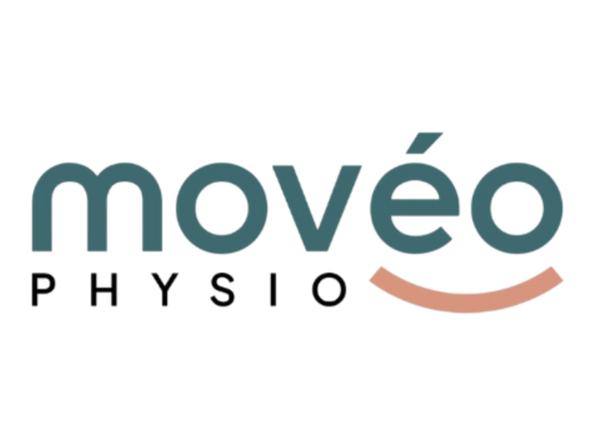Collection: Sports Injuries: When to See a Physiotherapist
Brought to You by movéo physio
Sports injuries are part of an active lifestyle, whether you’re an elite athlete, weekend warrior, or simply someone who enjoys staying active. While minor soreness and fatigue are common after exercise, more persistent pain or injuries need attention to prevent long-term damage.
At movéo physio, we help you recover safely and efficiently so you can get back to doing what you love—stronger than ever.
Here’s how to identify when it’s time to see a physiotherapist and why early intervention makes all the difference.

1. Recognising the Signs of a Sports Injury
It’s normal to feel muscle soreness after an intense workout, but there are key signs that indicate something more serious:
- Persistent Pain: Pain that lingers for more than a few days or worsens with activity.
- Swelling or Bruising: Signs of inflammation or tissue damage.
- Reduced Range of Motion: Difficulty moving a joint or muscle as you normally would.
- Instability: Feeling like a joint (like the knee or shoulder) may give out.
- Weakness: Sudden loss of strength or endurance during activity.
movéo Tip: Don’t “push through” pain—it can lead to further injury. Listen to your body and act early.
2. Common Sports Injuries We Treat at movéo physio
At movéo physio, we treat a wide range of sports-related injuries, including:
- Sprains and Strains: Overstretched or torn ligaments and muscles, often in the ankle, knee, or shoulder.
- Tendonitis: Inflammation of tendons caused by repetitive movements (like tennis elbow or jumper’s knee).
- Runner’s Knee: Pain around the kneecap, common in runners and cyclists.
- Rotator Cuff Injuries: Shoulder pain caused by overuse or trauma.
- Shin Splints: Pain along the shinbone, often seen in runners.
Whether it’s an acute injury or a nagging overuse issue, our team uses a targeted approach to get you back on track.
3. How Physiotherapy Helps with Sports Injuries
When you visit movéo physio, our experienced team will assess your injury, identify the underlying cause, and develop a personalised treatment plan. Here’s how physiotherapy can help:
- Reduce Pain and Swelling: Hands-on techniques, massage, and therapeutic modalities relieve pain and inflammation.
- Restore Movement and Strength: Tailored exercises improve flexibility, rebuild strength, and prevent muscle imbalances.
- Prevent Re-Injury: We teach you proper movement techniques and strategies to avoid setbacks.
- Rehabilitation Programs: For post-surgical recovery or chronic injuries, our structured rehab programs ensure a safe return to activity.
4. Why Early Intervention Matters
Ignoring a sports injury can lead to more significant damage or chronic pain. Early physiotherapy intervention helps:
- Speed Up Recovery: Addressing the injury early reduces healing time.
- Correct Faulty Movement Patterns: Poor technique can contribute to recurring injuries.
- Build Resilience: Strengthening the affected area prevents future injuries and improves performance.
movéo Insight: Many injuries start as minor discomfort but can worsen if untreated. Seeing a physiotherapist early can save you months of frustration.
5. When Should You See a Physiotherapist?
You should book an appointment at movéo physio if:
- Your pain persists for more than 48 hours.
- You can’t move a joint or muscle properly.
- You notice swelling, bruising, or instability.

Pain prevents you from participating in your favorite activities. Your Recovery Starts Here at movéo physio
At movéo physio, we’re passionate about helping athletes and active individuals recover and perform at their best. Our team combines hands-on therapy, tailored exercise plans, and education to ensure you heal properly and return to sport with confidence.
Don’t let pain hold you back—book an appointment with movéo physio today and take the first step toward recovery.
Contact Us
Call 9687 0635 or visit our website to schedule your consultation. Let’s get you moving and feeling better again!

